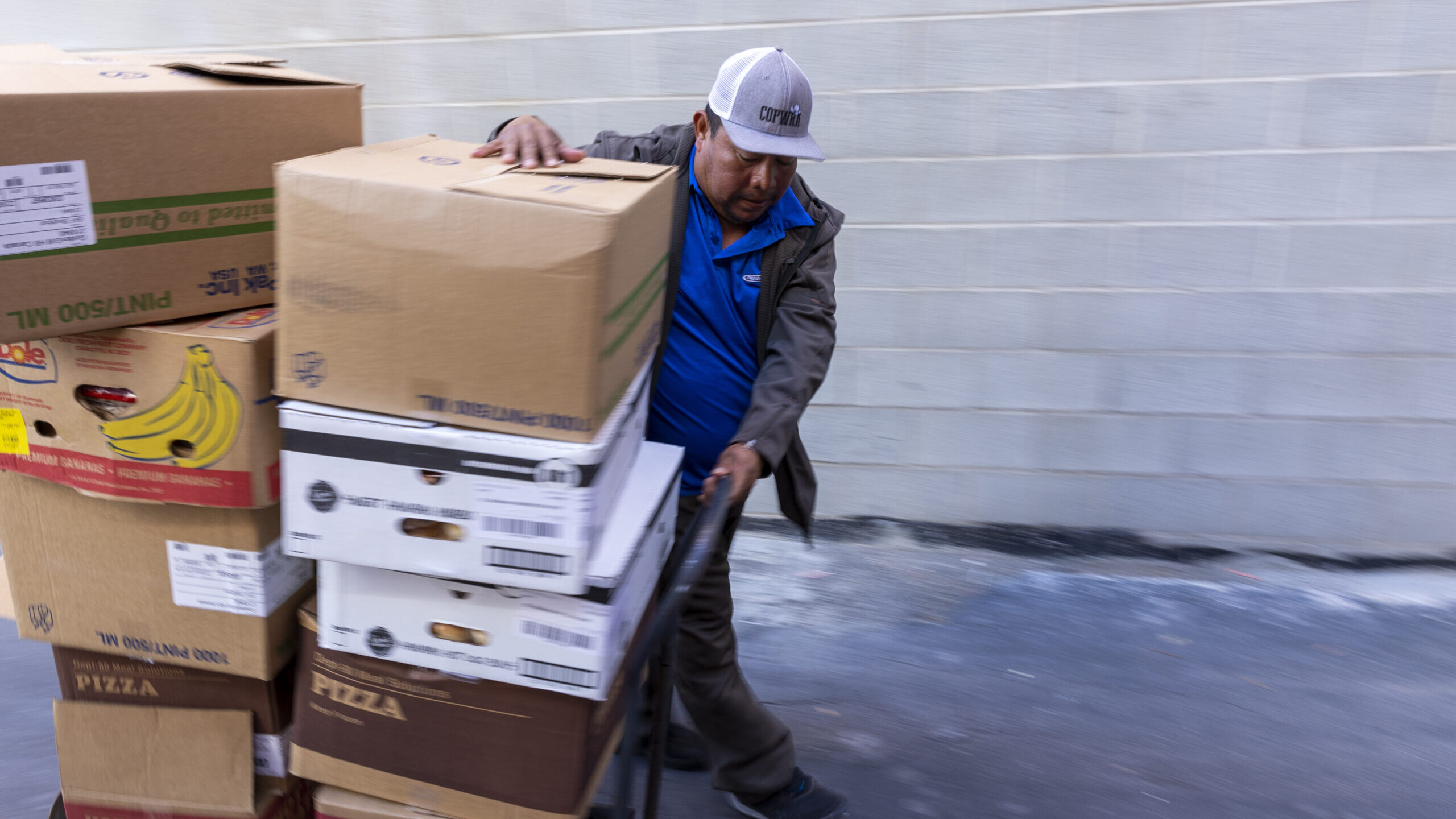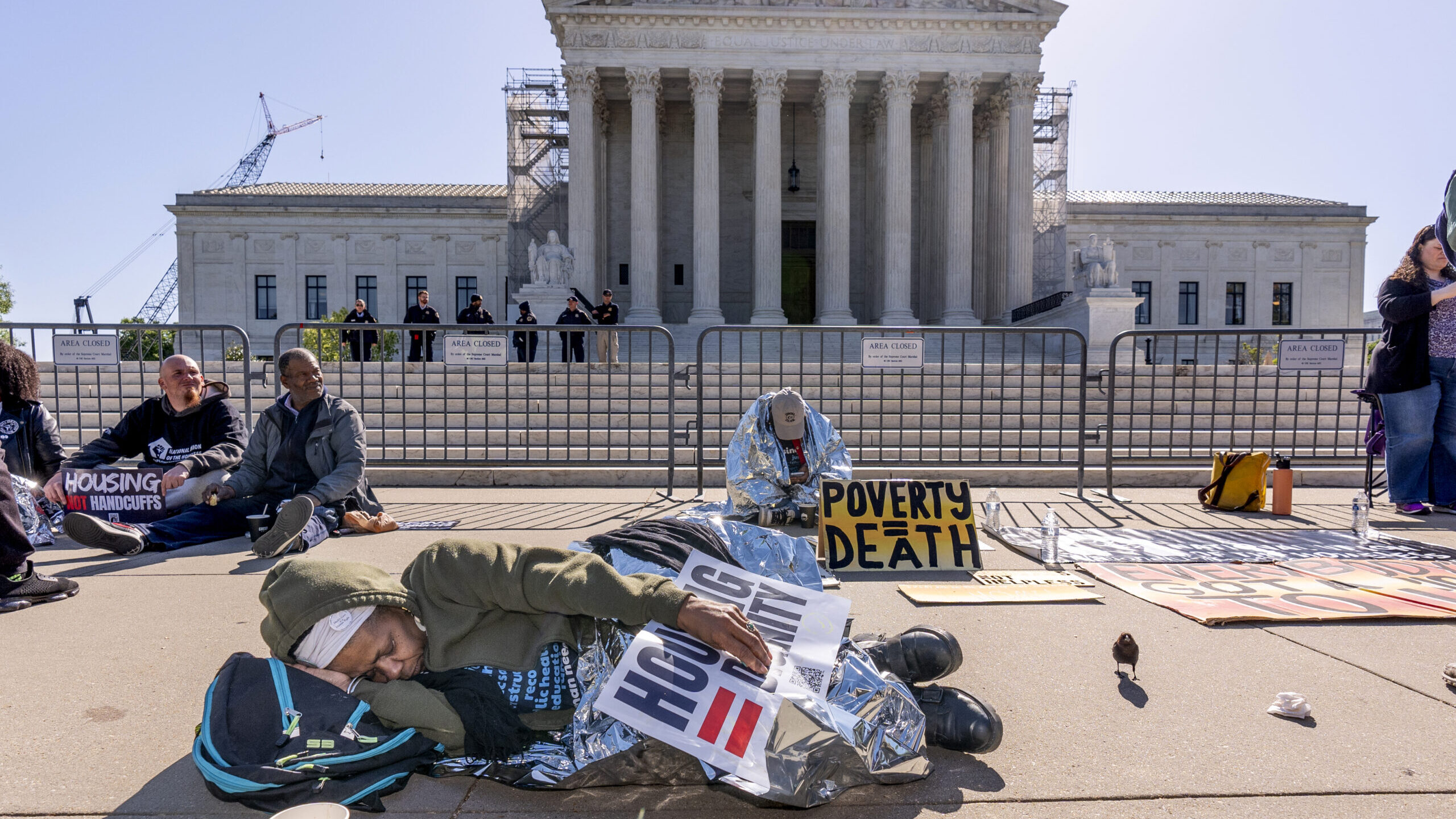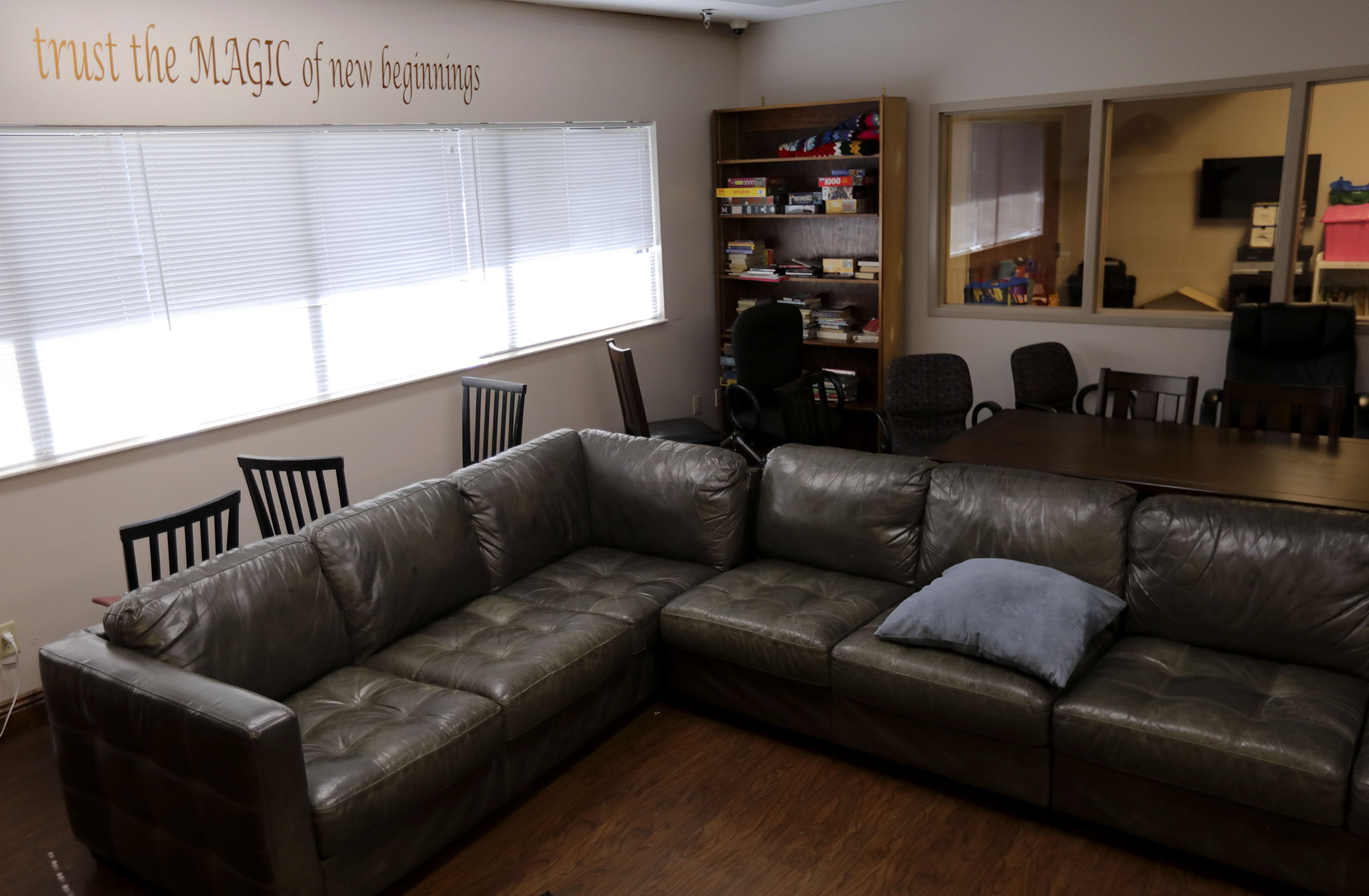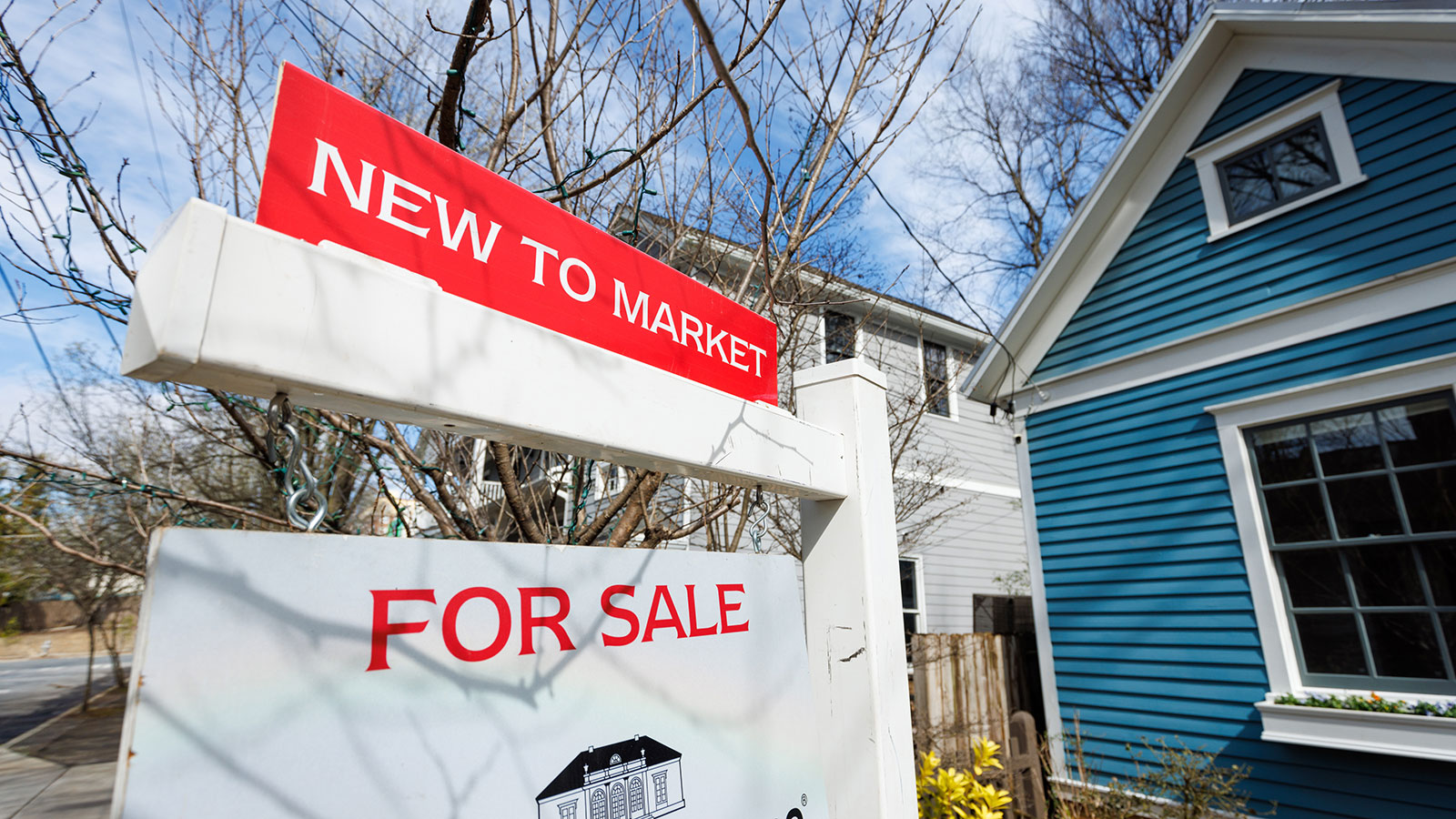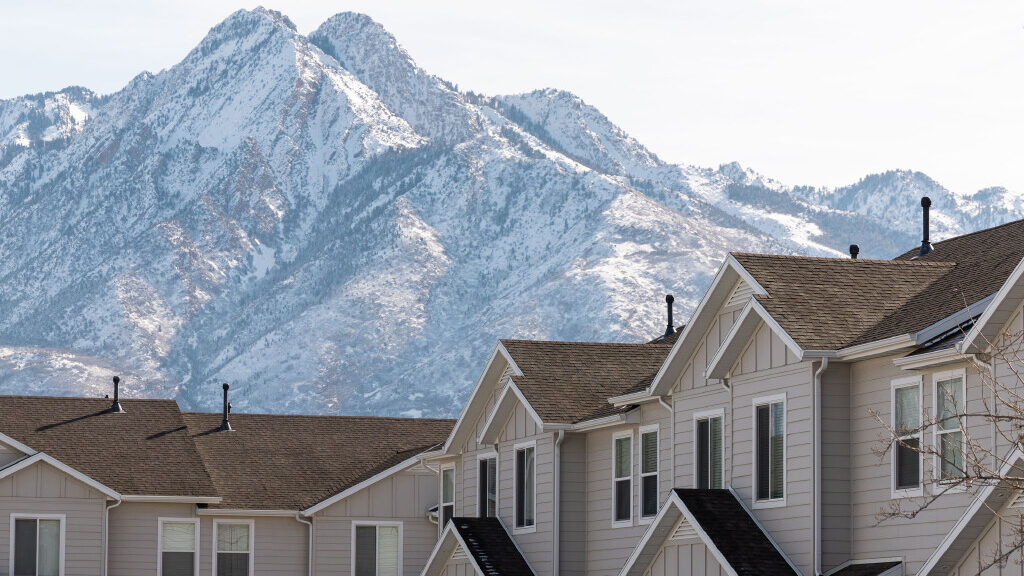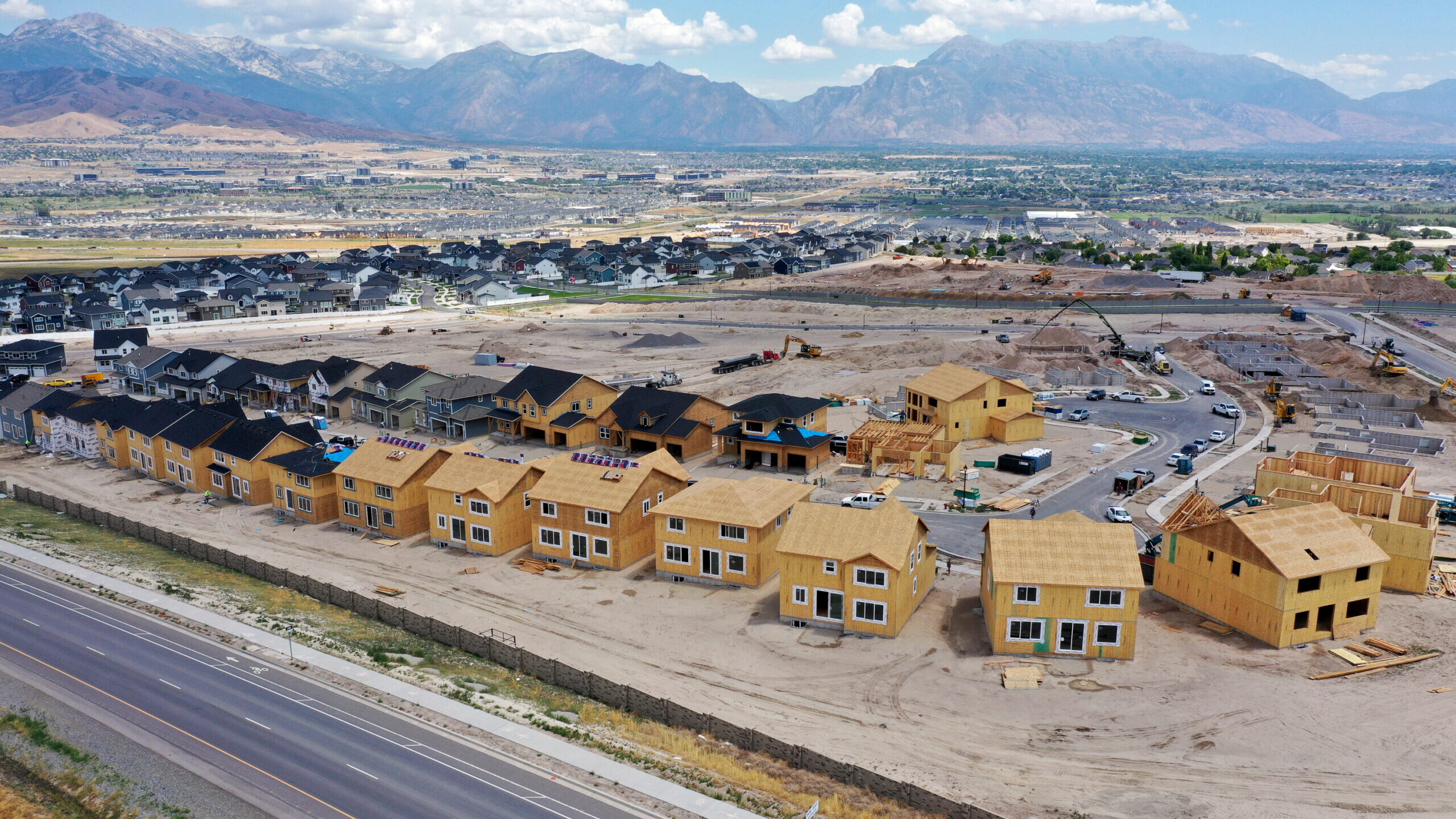Micro-apartments are back after nearly a century, as need for affordable housing soars
Mar 24, 2024, 1:30 PM | Updated: Mar 25, 2024, 12:07 pm
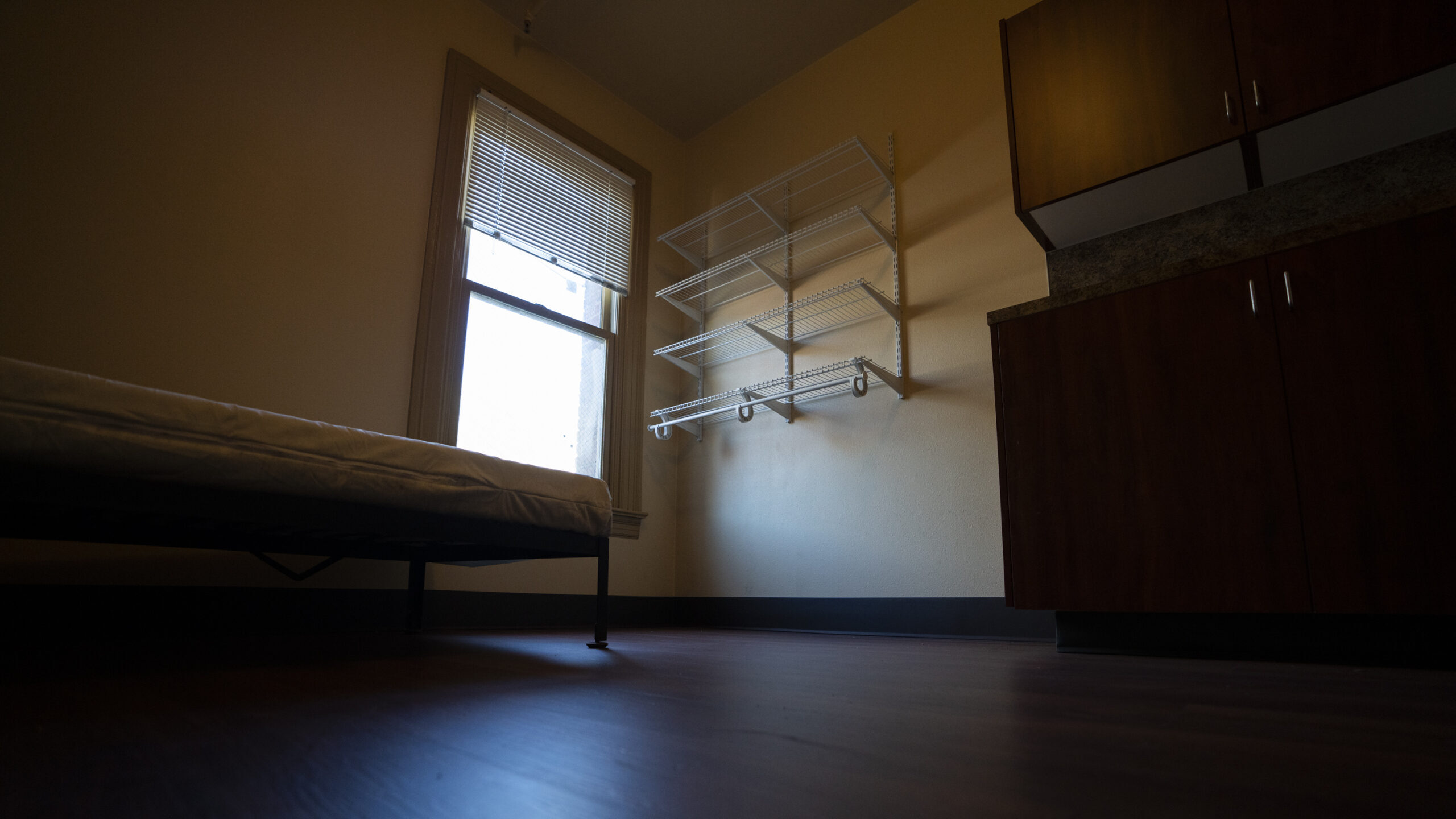
An empty bedroom is seen in an affordable housing building run by Central City Concern, a Portland-based homeless services nonprofit, on Friday, March 15, 2024, in Portland, Ore. The nonprofit leases more than 1,000 single room occupancy units, both subsidized and not, to people who are considered extremely low-income. It helps people struggling to access housing due to things like eviction histories and poor credit scores. (AP Photo/Jenny Kane)
(AP Photo/Jenny Kane)
SEATTLE (AP) — Every part of Barbara Peraza-Garcia and her family’s single-room apartment in Seattle has a double or even triple purpose.
The 180-square-foot (17-square-meter) room is filled with an air mattress where she, her partner and their children, ages 2 and 4, sleep. It’s also where they play or watch TV. At mealtimes, it becomes their dining room.
It’s a tight squeeze for the family of asylum seekers from Venezuela. But at $900 a month —more than $550 less than the average studio in Seattle — the micro-apartment with a bare-bones bathroom and shared kitchen was just within their budget and gave them a quick exit from their previous arrangement sleeping on the floor of a church.
“It’s warm. We can cook ourselves. We have a private bathroom. It’s quiet,” said Peraza-Garcia, whose family came to the U.S. to escape crime in Venezuela and so she could access vital medication to combat cysts on her kidney. “We can be here as a family now.”
Boarding houses that rented single rooms to low-income, blue-collar or temporary workers were prevalent across the U.S. in the early 1900s. Known as single room occupancy units, or SROs, they started to disappear in the postwar years amid urban renewal efforts and a focus on suburban single-family housing.
Now the concept is reappearing — with the trendy name of “micro-apartment” and aimed at a much broader array of residents — as cities buffeted by surging homelessness struggle to make housing more affordable.
“If you’re a single person and you want a low-cost place to live, that’s as cheap as you’re going to get without trying to find a subsidized apartment,” said Dan Bertolet, senior director of housing and urbanism for the non-profit research center Sightline Institute.
Related
- Salt Lake City secures record amount of affordable housing funding
- $418M settlement may drop costs for home sellers in Utah, U.S.
The Pacific Northwest is a leader in the resurgence of this form of affordable housing. Oregon last year passed a bill opening the door for micro-apartments and Washington state lawmakers this year did the same, starting to clear red tape that for years has limited construction of the tiny units, which are about a third the size of an average studio apartment.
The Washington bill, which was signed this week by Democratic Gov. Jay Inslee after receiving nearly unanimous support in the Legislature, would require most cities to allow micro-apartments in residential buildings with at least six units, according to the Department of Commerce. It takes effect in late 2025.
The legislation is an effort to counteract skyrocketing housing prices and, in the Seattle area, one of the nation’s highest rates of homelessness, as well as a critical housing shortage.
Extremely low-income renters — those below federal poverty guidelines or earning 30% of the area median income — face a shortage of 7.3 million affordable rental homes, according to a National Low Income Housing Coalition report published last week. Such households account for 11 million — or nearly one-quarter — of renters nationwide, the report said.
Rep. Mia Gregerson, who sponsored Washington’s bill, said she predicts the measure will lead to thousands of units being built in her state, providing unsubsidized affordable housing to everyone from young people getting their first apartment and elderly people downsizing to those coming out of physical or mental health treatment.
“Government can’t close that gap all by itself, it has to have for-profit, market-rate housing built all at the same time,” said Gregerson, a Democrat.
The U.S. lost hundreds of thousands of SROs in the last half of the 20th century as associations with poverty and substandard accommodation sparked restrictive zoning laws. Some cities outlawed their construction altogether — a loss some housing experts say helped contribute to the homelessness crisis.
Facing that crisis and a critical housing shortage, cities and states across the nation are now shifting their stance.
In December, as her state grappled with a massive influx of migrants, New York Gov. Kathy Hochul announced a $50 million program aimed at repairing and renovating 500 SROs across the state. New York City lost at least 70,000 such units between the early 20th century and 2014, according to a report from New York University’s Furman Center.
But there is concern that this type of affordable housing is not an ideal fit for an especially vulnerable group — families.
There are more than 3,800 unhoused families with children in the Seattle area, among the highest in the nation, according to the U.S. Department of Housing and Urban Development 2023 one-night count.
Cities need to focus on building affordable housing that also includes larger units, such as studios and one-bedroom apartments, said Marisa Zapata, a land-use planning professor at Portland State University.
“My biggest concern is that we will see them as the solution and not do right by our community members by building the housing that people want,” she said of micro-apartments.
The bill passed by Oregon lawmakers last year requires local governments to allow single room occupancy units in areas zoned for residential use. The provision took effect Jan. 1.
Central City Concern, a Portland-based homeless services nonprofit, leases more than 1,000 SRO units — both subsidized and not — to people who are considered extremely low income. It helps people struggling to access housing due to things like eviction histories and poor credit scores.
The units have a median rent of $550 a month, making them a “vital option” for people exiting homelessness or living on fixed incomes, such as those with disabilities, said Sarah Holland, senior director of supportive housing and employment. Over 80% of tenants were formerly homeless, she said, and some have been living in their units for 30 years.
“As costs continue to escalate in Portland, it gives them the chance to stay in their home,” she said.
Cheyenne Welbourne moved into one of the nonprofit’s micro-apartments in downtown Portland last March after years of living on the streets. The room, which has a curtained-off toilet and sink, is just big enough to fit a single bed, a chair and a TV. But to him, it’s a treasured home that he’s decorated with colorful lights, potted plants and action figures. He uses the small kitchenette, which features an induction cooktop, for making the tea he loves to drink.
“All I had was just me and my backpack, and that’s it,” he said. “I was just happy to be in here and that I didn’t have to spend another winter out there.”
“I just want a home, you know? A nice home, a decent home.”
Some experts hope the Pacific Northwest will inspire more states to take similar steps.
“The alternatives are … people being in shelters, people being on the street, people being doubled, tripled, quadrupled up,” said Vicki Been, faculty director at New York University’s Furman Center and a law professor.
For Peraza-Garcia’s family in Seattle, the tight squeeze is worth it to be in the same complex as their cousins and walking distance of grocery stores, a park and preschools. They plan to spend the next year in the micro-apartment and then move to a bigger place if they can get good-paying jobs.
“We’re happy because we’re here in a quiet place where we can be together as a family,” she said.
____
Associated Press reporter Manuel Valdes in Seattle contributed to this report.


